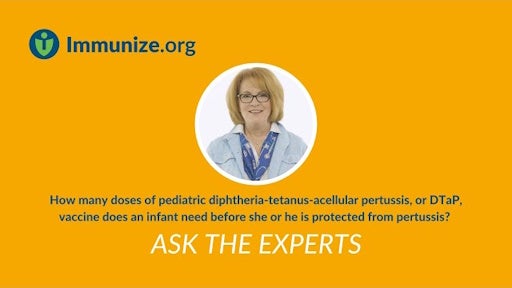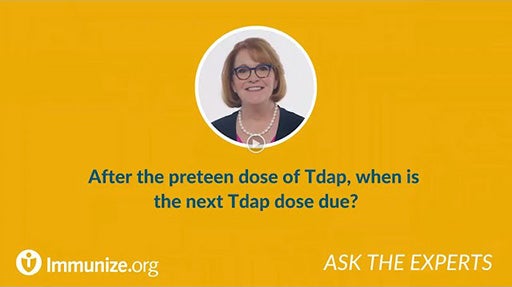- Pertussis
- Disease Issues
Is pertussis in children still a problem? Which age groups are affected?
Since the 1980s, the number of reported pertussis cases has increased in children, adolescents and adults. The most recent overall peaks in disease were seen between 2010 and 2014. The incidence in all age groups has decreased since 2014 and preliminary surveillance data indicate that incidence declined precipitously during the COVID-19 pandemic in 2020 and 2021. In 2019, CDC received reports of more than 18,000 cases of pertussis, with preliminary estimates of 5,398 reported cases in 2020 and just 1,609 in 2021. COVID-19 control measures such as wearing masks in public, social distancing, and other interventions designed to reduce the spread of COVID-19 also helped reduce the spread of pertussis and other respiratory infections. However, with the discontinuation of these measures, the prevalence of infections like pertussis that are transmitted by respiratory droplets is likely to increase.
The incidence of pertussis remains highest in young infants. Approximately 1 in 10 U.S. pertussis cases were among infants. Infants are at greatest risk for serious disease and death from pertussis. An increase in the number of reported deaths from pertussis among very young infants has paralleled the increase in the number of reported cases.
Reasons for the increases in pertussis seen since the 1980s are not completely clear; however, multiple factors have likely contributed to the increase, including waning immunity from the pediatric acellular vaccine (DTaP), increased recognition of pertussis, and improved diagnostic testing and reporting.


